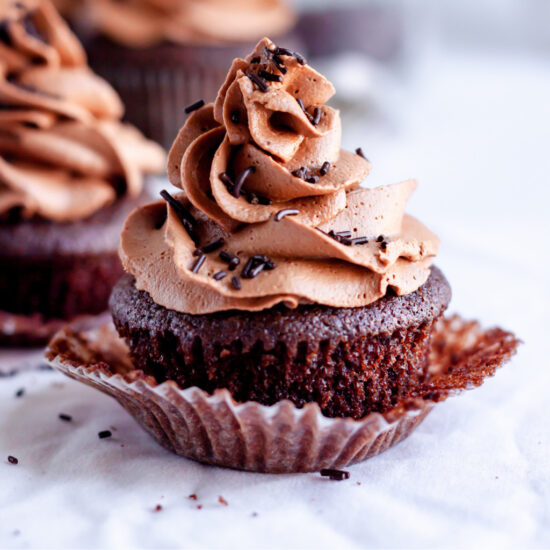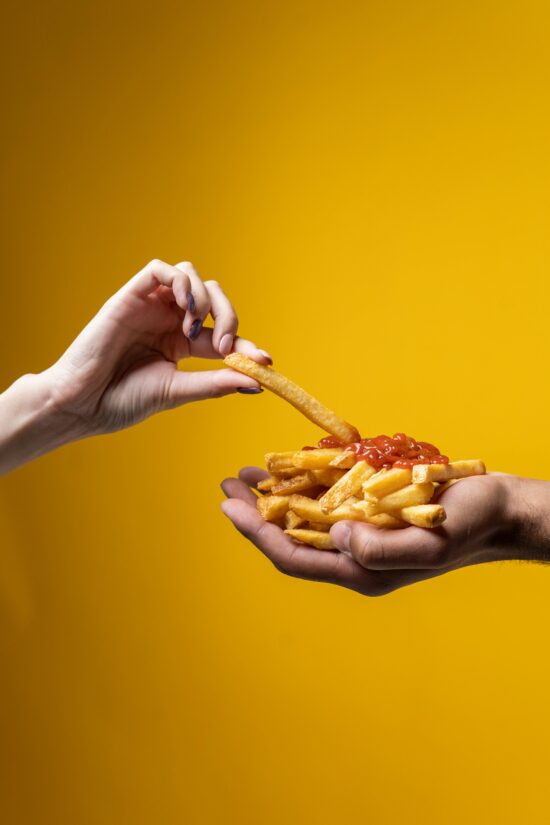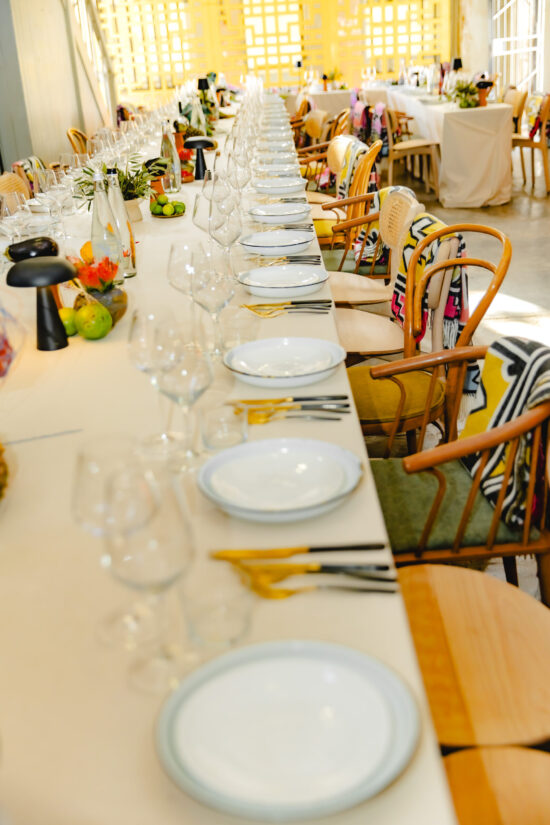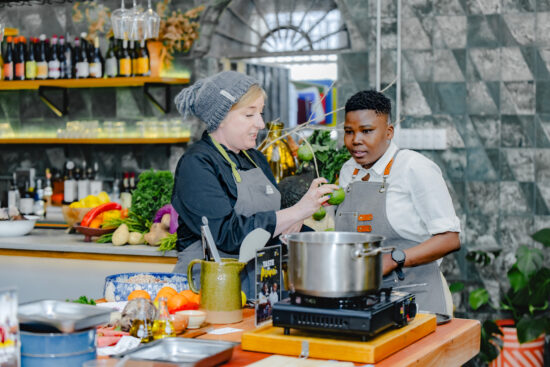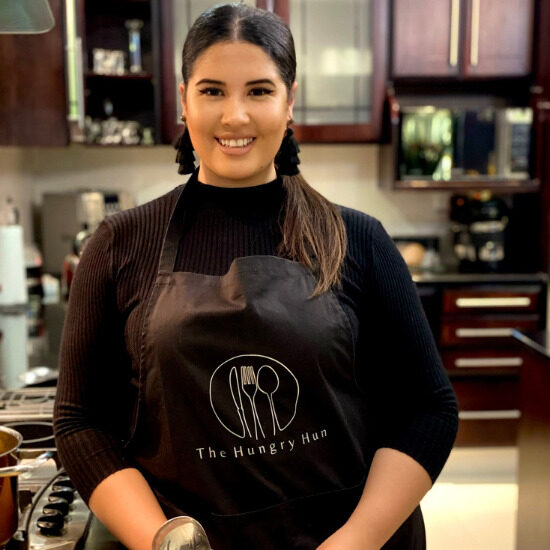
How Is Technology Influencing The Way We Interact With Food
- 8 min read


Remember the chicken wing shortage from late 2021 into 2022? It caused so much concern it created many chicken wing activists out of so many Batswana. Meanwhile the real chicken wing enthusiasts knew exactly where to go to get their fix – a local food joint called Wing It on, founded by someone whose name you’ve probably heard before – Natasha Siku.
And if you’ve never heard of Natasha, well, the ‘about’ section on one of her social media platforms reads “motivated by the fear of being average” which is really (almost) everything you need to know about her. In the lead up to ‘lunch with Natasha’, there was a lot of back and forth in getting the lunch together. It moved from dinner, to lunch, from a weekend shindig to a Monday out of town engagement at the exceptionally gorgeous Boruundi Private Lodge and camp site.
Once those details were out of the way, we moved onto the main event – the food! Initially she was intrigued by the idea of cooking for her guests, we bounced ideas off each other – a creamy pasta, some salmon, were some of the suggestions she put forth. I remember suggesting catering in one of our many phone calls and getting slight disapproval – “I love to cook” was the very kind ‘no’ she responded with. But, in the end, we scrapped everything and figured we’d just focus on having a good time and ensuring the vibes were immaculate, so catering it was!
Natasha, who describes herself as an athlete first, is a netball and tennis player, playing for both Botswana national teams respectively. I don’t know about you, but in my books, that on its own gets you a spot in my personal hall of fame! She is also the woman behind Botswana’s very first homegrown chicken wings establishment, Wing It On, an idea that was born from literally nothing. The day that the idea came to her, she was at her aunt’s house in the north of Gaborone where she stayed at the time. She thought back to her time in the United States during her college days, being in awe of the wing joints that offered wings in so many different flavours and thinking to herself “I could set that up back at home’’ so with only 2000 Pulas in hand, sheer determination and motivation (daringly sponsored by the fear of being average), she started that very same day experimenting with sauces to create different flavours and Wing It On came to be. “The key is to start’’ says Natasha. The very first ad she placed for Wing It On, on social media garnered over 150 000 impressions. She remembers waking up that morning and feeling lost for words. Nine flavours later and Wing It On has since seen immense growth with a physical outlet in Gaborone that continues to offer delivery for its customers.
Now back to the lunch, when it came to the guestlist, Natasha had a bit of a hard time deciding who to share a meal with, but ultimately ‘friendship’, the real authentic kind is what brought it all together.
While taking photographs and capturing all the instagrammable moments of conviviality between friends, our photographer whispers to me between shots “this is the first time I have ever seen Natasha not working”. That is how you become a star athlete and build a successful eatery – targeted intention and working at it day after day. At the table, which was beautifully set up in the lush garden, Natasha and her guests Lebowa, Queen, Tumi and Reitumetse enjoyed endless bubbles in between conversation. The conversation around the table was centered around friendship, a beautiful tribute from Natasha to her loved ones. She spoke of the meaning of friendship to her and gave personal messages of appreciation to each one of her guests, who in turn received it with so much love and sent it right back.
That Monday afternoon, the team, obsessed with excellence and ensuring that the host Natasha and her guests have a good time was a ball of nerves in anticipation for 3pm. A few minutes past the hour, Natasha, along with friends, arrived at the venue. We knew she was outside without so much of a knock or text alert. We heard her. Natasha is the type of person whose presence is strongly felt, she enters the room and commands attention, not in an obnoxious attention seeking manner, but in an indescribable way that just draws you to her. She stands up straight, her voice is commanding, she walks in and everybody asks ‘who is that girl’ (that’s of course if you didn’t already know who she is). Once she was in, instantly the mood was lighter and everybody was laughing, we all knew from then on that it would be a wonderful afternoon.





